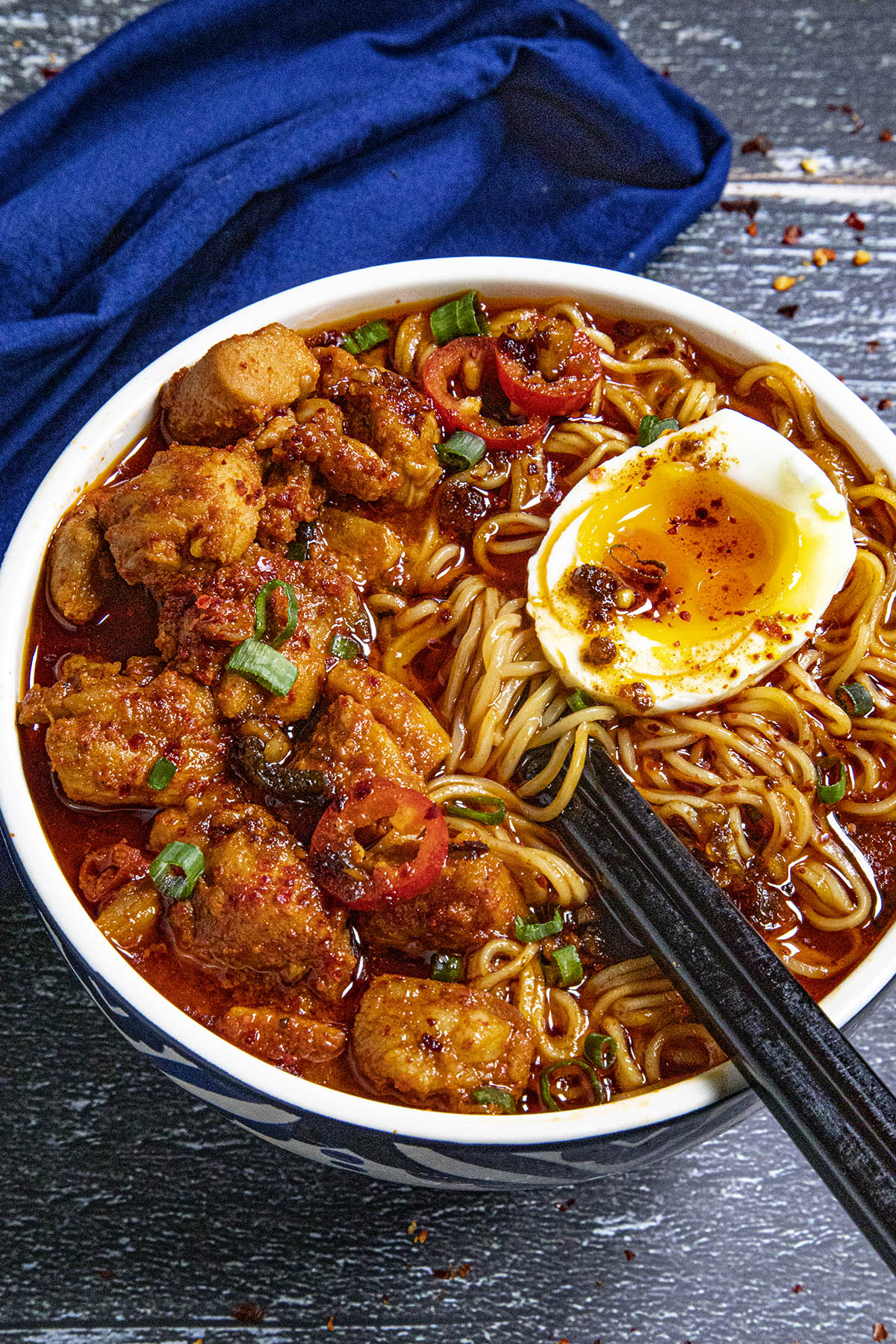Buldak Ramen Recall: Understanding Bacteria Contamination Risks
In recent months, the buldak ramen recall has raised significant concerns among consumers about food safety and bacterial contamination. This popular dish, known for its fiery flavor and instant convenience, has been a staple in many households. However, the emergence of bacteria-related issues has prompted a closer examination of its production and consumption practices.
This article aims to delve into the details surrounding the buldak ramen recall, the types of bacteria involved, and measures consumers can take to ensure food safety. We will explore the implications of this recall, its impact on public health, and what steps manufacturers are taking to address these concerns. As we navigate through this topic, it's essential to remain informed and proactive about the foods we consume.
With the increasing popularity of instant noodles, particularly buldak ramen, it is crucial for consumers to be aware of potential health risks associated with bacterial contamination. Understanding these risks not only helps ensure personal safety but also contributes to broader public health efforts. Let's explore the details of this recall and its potential implications for consumers.
Table of Contents
- 1. Background of Buldak Ramen
- 2. Overview of the Recall
- 3. Types of Bacteria Found
- 4. Health Risks Associated with Bacterial Contamination
- 5. Consumer Response to the Recall
- 6. Manufacturer's Actions
- 7. Preventative Measures for Consumers
- 8. Conclusion and Future Implications
1. Background of Buldak Ramen
Buldak ramen, often referred to as "fire noodle," originated from South Korea and gained immense popularity worldwide due to its spicy flavor and unique taste. The dish typically features instant noodles accompanied by a spicy sauce made from gochujang (Korean red chili paste) and various seasonings.
Over the years, buldak ramen has been celebrated not only for its taste but also for its versatility, being used in various recipes and food trends. However, the increasing demand has also raised concerns regarding the quality and safety of the production processes involved.
2. Overview of the Recall
The buldak ramen recall was initiated after reports surfaced regarding the presence of harmful bacteria in specific batches of the product. The recall affected several variants of buldak ramen, prompting widespread notification to consumers and retailers.
Initial investigations revealed that certain production lines may have been contaminated, leading to the decision to recall affected products to ensure public safety. The recall was officially announced by the manufacturer, accompanied by detailed instructions for consumers on how to identify affected products.
3. Types of Bacteria Found
Laboratory tests conducted on recalled buldak ramen revealed the presence of several types of bacteria, with Salmonella and E. coli being the most concerning. These bacteria are known to cause foodborne illnesses, leading to symptoms such as diarrhea, vomiting, and abdominal pain.
3.1 Salmonella
Salmonella is a pathogenic bacterium that can cause severe gastrointestinal illness. It is often associated with contaminated food products and improper food handling practices.
3.2 E. coli
E. coli is another bacterium that can lead to serious health complications, particularly in vulnerable populations such as children and the elderly. The presence of E. coli in food products indicates possible contamination with fecal matter, raising serious health concerns.
4. Health Risks Associated with Bacterial Contamination
The health risks associated with consuming food contaminated with bacteria like Salmonella and E. coli can be severe. Individuals who ingest contaminated buldak ramen may experience symptoms ranging from mild gastrointestinal discomfort to severe illness requiring hospitalization.
Understanding these risks is essential for consumers, particularly those with weakened immune systems. The following are common symptoms of bacterial infections:
- Diarrhea
- Nausea
- Vomiting
- Abdominal cramps
- Fever
5. Consumer Response to the Recall
Upon the announcement of the buldak ramen recall, consumer reactions varied widely. Many consumers expressed concern over the safety of the product, while others were frustrated by the potential health risks involved.
Social media platforms became a space for individuals to share their thoughts and experiences related to the recall. Some consumers actively sought information about the specific batches affected, while others voiced their opinions on the manufacturer’s handling of the situation.
6. Manufacturer's Actions
In response to the recall, the manufacturer of buldak ramen implemented several measures to address safety concerns. These measures included:
- Conducting thorough investigations to identify the source of contamination
- Enhancing quality control protocols during production
- Providing clear communication to consumers regarding affected batches
- Offering refunds or replacements for recalled products
7. Preventative Measures for Consumers
Consumers play a crucial role in ensuring food safety, especially in light of the buldak ramen recall. Here are some preventative measures that can help minimize health risks:
- Check product labels for recall information.
- Be aware of the symptoms of foodborne illnesses.
- Practice safe food handling and cooking methods.
- Stay informed about food recalls and safety alerts.
8. Conclusion and Future Implications
In conclusion, the buldak ramen recall highlights the importance of food safety and awareness among consumers. As we continue to enjoy our favorite foods, it is vital to remain vigilant and informed about potential risks associated with bacterial contamination.
Consumers are encouraged to stay updated on food recalls and to practice safe food handling methods. By taking these actions, we can collectively work towards ensuring a safer food environment for everyone. If you have any thoughts or experiences related to this recall, we invite you to leave a comment below and share your insights with the community.
Thank you for reading, and we hope you find this information valuable. Stay safe and informed!
Save By The Bell Screech: The Iconic Character And His Impact
Özge Yağız Marriage Date: Everything You Need To Know
Exploring The Life And Career Of Joseph Gilgun: An In-Depth Biography


